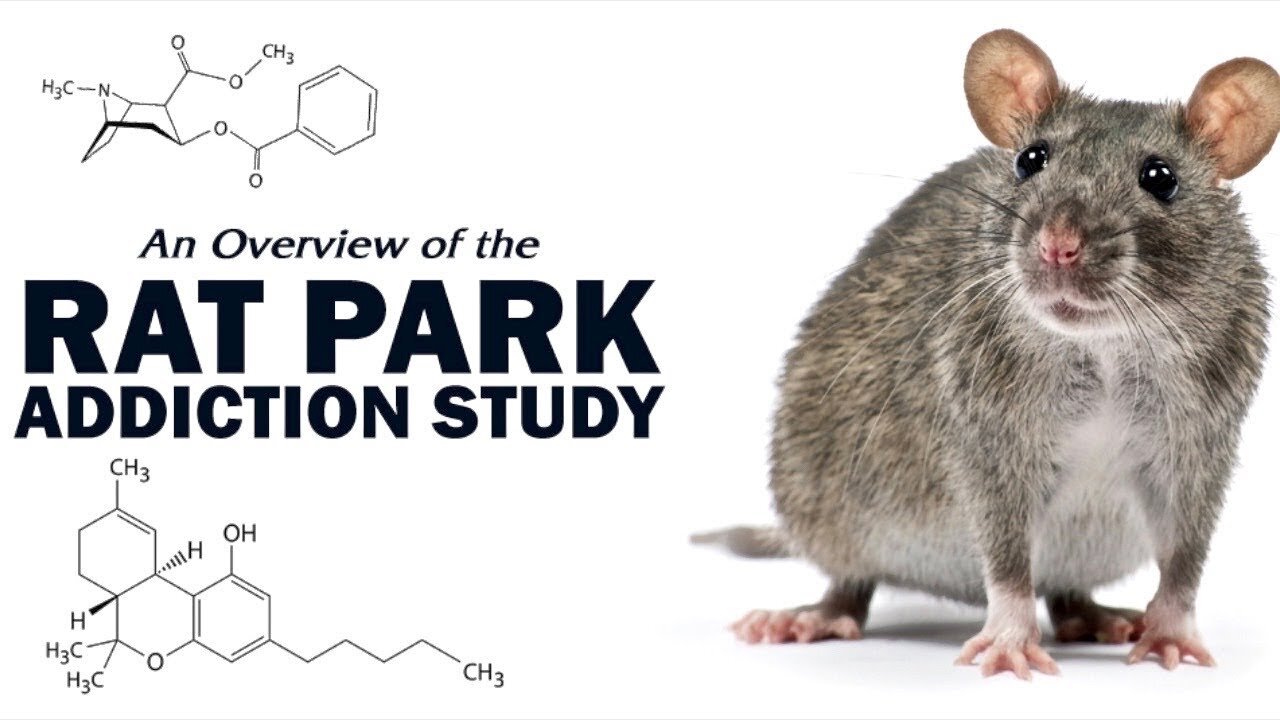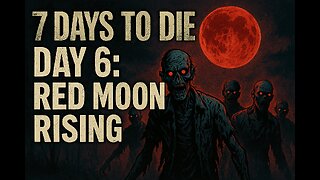Premium Only Content

Beating Drug Addiction - The Rat Park Experiment
In 1978, Canadian psychologist Bruce K. Alexander conducted an experiment that would revolutionize the way we understand drug addictions. With funding from Simon Fraser University, Alexander and his colleagues built a large colony to house rats, with more than 200 times the floor space of a standard lab rat cage. This “Rat Park” experiment culminated in the leading breakthrough of the time: the underlying connection between a person’s environment and addiction.
Pitfalls With Previous Rat-Based Studies On Drug Addiction
The Rat Park Experiment aimed to prove that psychology – a person’s mental, emotional, and psychosocial states – was the greatest cause of addiction, not the drug itself. Prior to Alexander’s experiment, addiction studies using lab rats did not alter the rat’s environment. Scientists placed rats in tiny, isolated cages and starved them for hours on end. The “Skinner Boxes” the rats lived in 24/7 allowed no room for movement and no interaction with other rats.
Using the Skinner Boxes, scientists hooked rats up to various drugs using intravenous needles implanted in their jugular veins. The rats could choose to inject themselves with the drug by pushing a lever in the cage. Scientists studied drug addiction this way, using heroin, amphetamine, morphine, and cocaine. Typically, the rats would press the lever often enough to consume large doses of the drugs. The studies thus concluded that the drugs were irresistibly addicting by their specific properties.
However, rats by nature are social, industrious creatures that thrive on contact and communication with other rats. Putting a rat in solitary confinement does the same thing as to a human, it drives them insane. If prisoners in solitary confinement had the option to take mind-numbing narcotics, they likely would. The Skinner Box studies also made it incredibly easy for rats to take the drugs, and it offered no alternatives. The need for a different type of study was clear, and Alexander and his colleagues stepped up to the plate.
Details Of The Rat Park Study
Pitfalls With Previous Rat-Based Studies On Drug AddictionThe goal of Alexander’s Experiment was to prove that drugs do not cause addiction, but that a person’s living condition does. He wanted to refute other studies that connected opiate addiction in laboratory rats to addictive properties within the drug itself. Alexander constructed Rat Park with wheels and balls for play, plenty of food and mating space, and 16-20 rats of both sexes mingling with one another. He tested a variety of theories using different experiments with Rat Park to show that the rat’s environment played the largest part in whether a rat became addicted to opiates or not.
In the experiment, the social rats had the choice to drink fluids from one of two dispensers. One had plain tap water, and the other had a morphine solution. The scientists ran a variety of experiments to test the rats’ willingness to consume the morphine solution compared to rats in solitary confinement. They found that:
The caged rats ingested much larger doses of the morphine solution – about 19 times more than Rat Park rats in one of the experiments.
The Rat Park rats consistently resisted the morphine water, preferring plain water.
Even rats in cages that were fed nothing but morphine water for 57 days chose plain water when moved to Rat Park, voluntarily going through withdrawal.
No matter what they tried, Alexander and his team produced nothing that resembled addiction in rats that were housed in Rat Park.
Based on the study, the team concluded that drugs themselves do not cause addictions. Rather, a person’s environment feeds an addiction. Feelings of isolation, loneliness, hopelessness, and lack of control based on unsatisfactory living conditions make a person dependent on substances. Under normal living conditions, people can resist drug and alcohol addiction.
Music: What Must Be (Deep Mix) by Dhruva Aliman
Amazon- https://amzn.to/3eAjEgC
https://music.apple.com/us/artist/dhruva-aliman/363563637
https://dhruvaaliman.bandcamp.com/album/what-must-be
http://www.dhruvaaliman.com/
Spotify - https://open.spotify.com/artist/5XiFCr9iBKE6Cupltgnlet
-
 2:05
2:05
Knowledge Land
2 months agoScientists revive dire wolf species from ‘Game of Thrones’ in world’s first known ‘de-extinction’
581 -
 LIVE
LIVE
GritsGG
3 hours agoWe Are Winning Every Game! Win Streaking! 👑 2998+ Ws
95 watching -
 4:41
4:41
MudandMunitions
11 hours agoGlock 20 Gen 5 10mm Holster Review IWB Vedder Protuck vs JM Custom Kydex for EDC Concealed Carry
332 -
 LIVE
LIVE
FyrBorne
15 hours ago🔴Warzone M&K Sniping: Where TTK and Consistency Meet
242 watching -

DynastyXL
5 hours ago🌕 Day 6 Prepare For HORDE With MrsDynasty 🧟 Building a community first 100 Followers! (57/100)
20.3K -
 8:03
8:03
AI Sonic Memes
1 day ago $0.01 earnedAI Sonic Memes Compilation
61 -
 51:53
51:53
Lina Pardy Tarot
16 days agoCancer-Scorpio-Pisces "A Message from the Person in No Contact"
111 -
 20:36
20:36
Alabama Arsenal
3 days ago $0.02 earnedHK MR762A4 (CIV HK417) To 1400 Yards | Deep Dive
1972 -
 46:08
46:08
SGT Report
1 day agoTAMPON TIM TREASON & OTHER SHOCKING REAL NEWS
42.5K89 -
 0:59
0:59
Memology 101
10 hours ago $0.07 earnedNYC's potential next mayor is a LITERAL commie...
54410